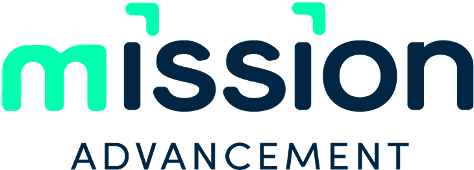For a donor, the decision to give their largest gift is not one taken lightly, and there are specific phases to making the decision to give. We often see organizations move too quickly from introducing themselves directly to the “ask” without a carefully thought-out plan, which can often come off too strong too soon. In order to lead a donor towards making the decision to culminate a major gift, you need to prepare for each aspect of the donor experience. We recommend you use these five steps when designing your solicitations:
- INFORMATION
The first phase is simple, giving your donor your information about your organization. Tell your donor all about who you are, your mission, your impact, etc. When creating your donor experience, this phase may happen organically or deliberately. Identify key characters in your story, and the settings where they learn about your organization.
- CULTIVATION
The next phase deals more with the “heart” side of things. After giving your donor information about your organization, it’s critical to form a strong bond between them and your mission. What are their passions and how does your mission align with those passions? This is when your organization’s work becomes deeply personal, and you demonstrate your organization’s impact on people.
- INSPIRATION
Now, it’s time to inspire. You are introducing your donor to “what could be.” What challenge are you wanting to overcome? What opportunity are you wanting to seize? This piece of the story is the one most overlooked when developing a donor experience, but it is often the most important. All donors want to solve a problem, and inspiration is what will move a donor from a transactional to a transformational gift.
- INVITATION
Finally, the ask! This is the part of the story where the donor becomes the hero – the missing link to your success. When determining the right time to ask, make sure you are confident in the relationship, trusted and liked by the donor, and certain the proposal is understood.
- FULFILLMENT
It is important to think about how you will honor your donor before the ask. Beyond thanking them for their generosity, you will want to show the donor the impact of their gift on the people you serve. This will reiterate how they have made a quality decision and improve their likelihood of donating again in the future.
Following these five steps to crafting a donor experience will help lead your donor to a quality decision to give. When you take a donor-centric approach, you are on the right path to building long-lasting relationships with your donors that will help transform the mission of your organization.





 MISSION ADVANCEMENT
MISSION ADVANCEMENT



